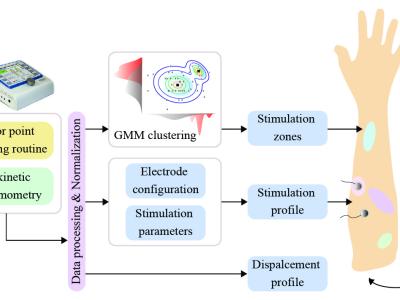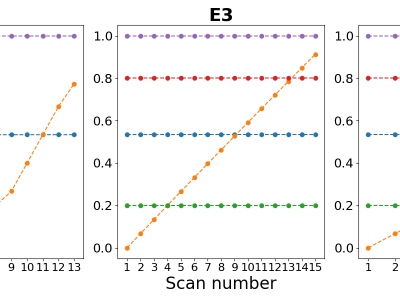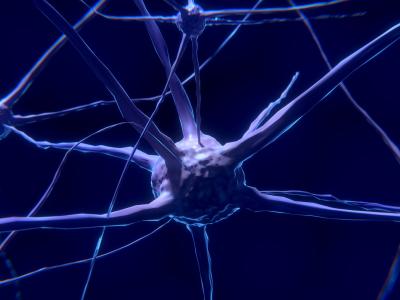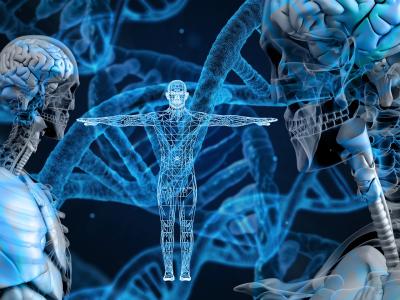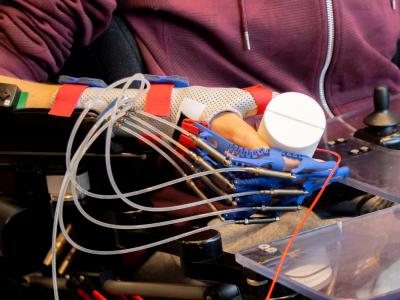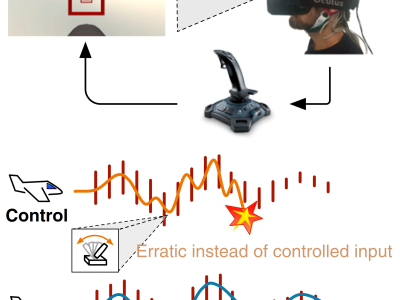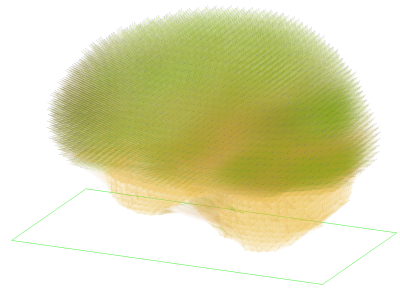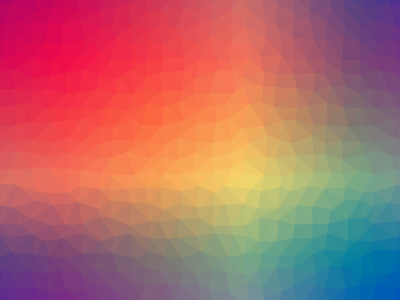
Table1 present the peak-level activation point of 8 brain regions for all 1080 subjects.
Table2 present the peak-level activation point of 8 brain regions for selected 893 subjects.
Supplementary data -RotL.rar present the SPM{T}map and extracted masks calculated with 2nd-level modeling analysis from RtoL fMRI data of subjects 1 to 50.
Supplementary data -LtoR.rar present the SPM{T}map and extracted masks calculated with 2nd-level modeling analysis from LtoR fMRI data of subjects 1 to 50.
- Categories:
